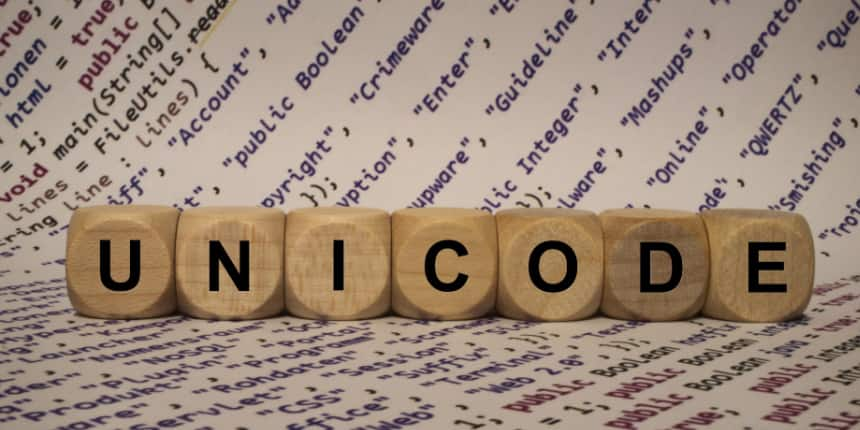Unicode Full Form
What is the full form of Unicode?
The full form of Unicode is Universal Character Encoding Standard. Unicode is a character encoding standard that is designed to represent all characters used in written language worldwide. It is used in various applications, operating systems, and programming languages to represent text in a standard and consistent way. Unicode is a critical component in ensuring that people can communicate and share information across different cultures and languages.
- What is the full form of Unicode?
- History of Unicode
- How Unicode Works?
- Importance of Unicode
- Conclusion

History of Unicode
Unicode was first introduced in 1991 by the Unicode Consortium, a non-profit organization that includes major software companies such as Apple, Google, IBM, and Microsoft. The purpose of creating Unicode was to solve the problem of representing text in different languages, as different computer systems had different ways of representing characters. Unicode was designed to provide a single, consistent way of representing all characters, no matter what language or script they belonged to.
How Unicode Works?
Unicode assigns each character a unique code point, which is a numerical value that represents the character. For example, the code point for the letter "A" is U+0041. Unicode supports over 143,000 characters, including characters from different scripts such as Latin, Cyrillic, Arabic, and Chinese. Unicode also supports characters from different writing systems such as Braille, musical notation, and mathematical symbols.
Unicode can be implemented using different character encodings such as UTF-8, UTF-16, and UTF-32. UTF-8 is the most commonly used encoding, as it is backward-compatible with ASCII and uses variable-length encoding, which means that it can represent all characters using one to four bytes. UTF-16 and UTF-32 are also used, but they use fixed-length encoding, which means that they use two or four bytes to represent each character.
Importance of Unicode
Unicode is essential for ensuring that people can communicate and share information across different languages and cultures. It also helps in the development of multilingual software and websites, as it provides a standard way of representing characters. Unicode has also contributed to the preservation of cultural heritage, as it allows for the digital representation of historic and endangered scripts.
Conclusion
Unicode is a critical component in ensuring that people can communicate and share information across different cultures and languages. It is a standard for character encoding that assigns a unique code point to each character, regardless of the language or script they belong to. Unicode has played a significant role in the development of multilingual software and websites and has contributed to the preservation of cultural heritage.
Frequently Asked Questions (FAQs)
Unicode is a standard for character encoding that supports over 143,000 characters, including characters from different scripts and writing systems. ASCII is a character encoding that only supports the English alphabet and a few special characters.
Unicode is essential for web development because it provides a standard way of representing characters, which is critical for ensuring that web content can be displayed correctly across different languages and scripts.
UTF-8 is a variable-length character encoding that uses one to four bytes to represent each character, while UTF-16 is a fixed-length encoding that uses two bytes to represent each character. UTF-8 is backward-compatible with ASCII, while UTF-16 is not.
Unicode allows for the digital representation of historic and endangered scripts, which helps in the preservation of cultural heritage. It also makes it easier to develop software and websites that support these scripts.
Unicode can be implemented using different character encodings such as UTF-8, UTF-16, and UTF-32. Programming languages such as Java, Python, and C++ have built-in support for Unicode, and developers can use Unicode characters in their code.